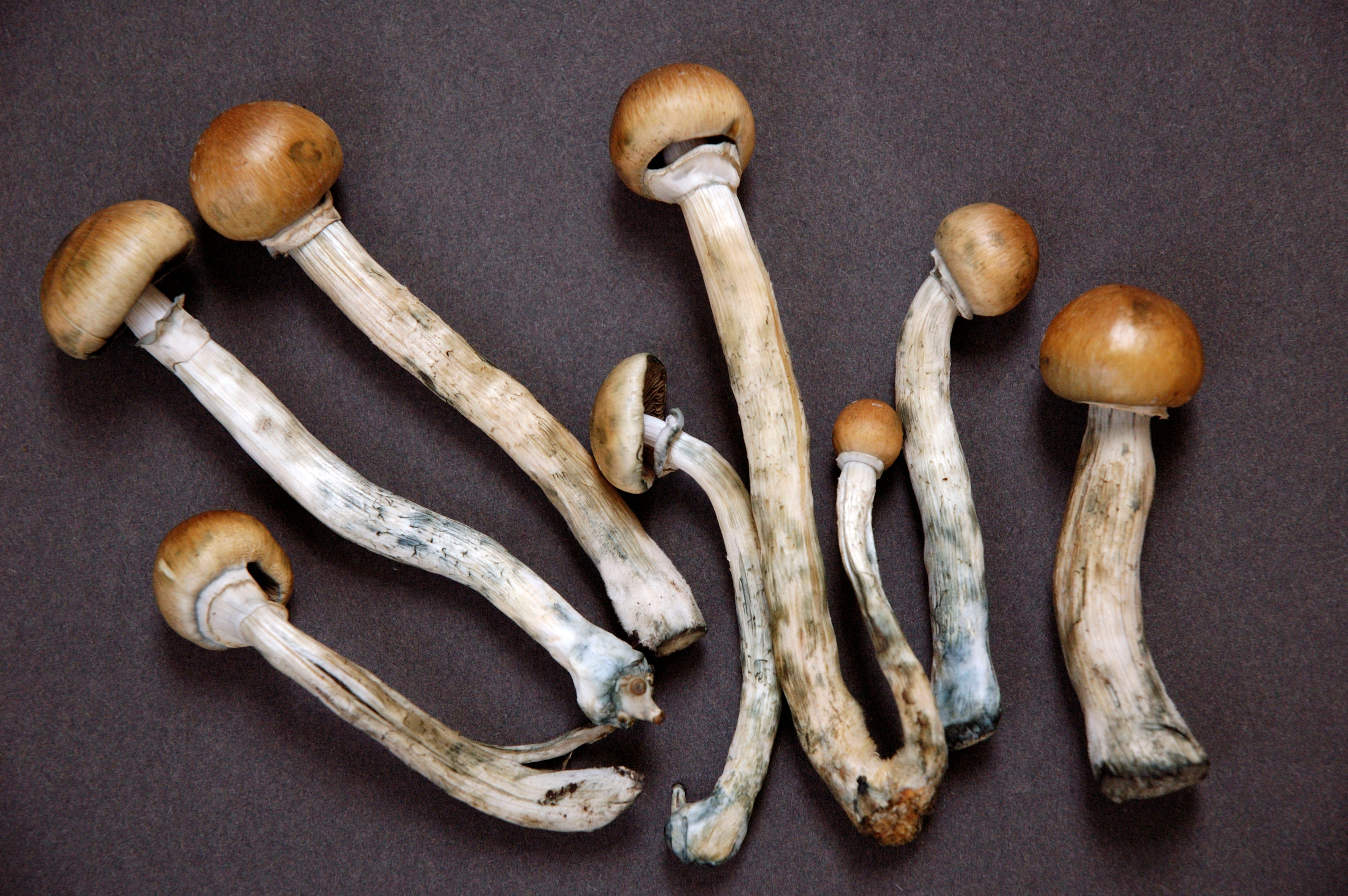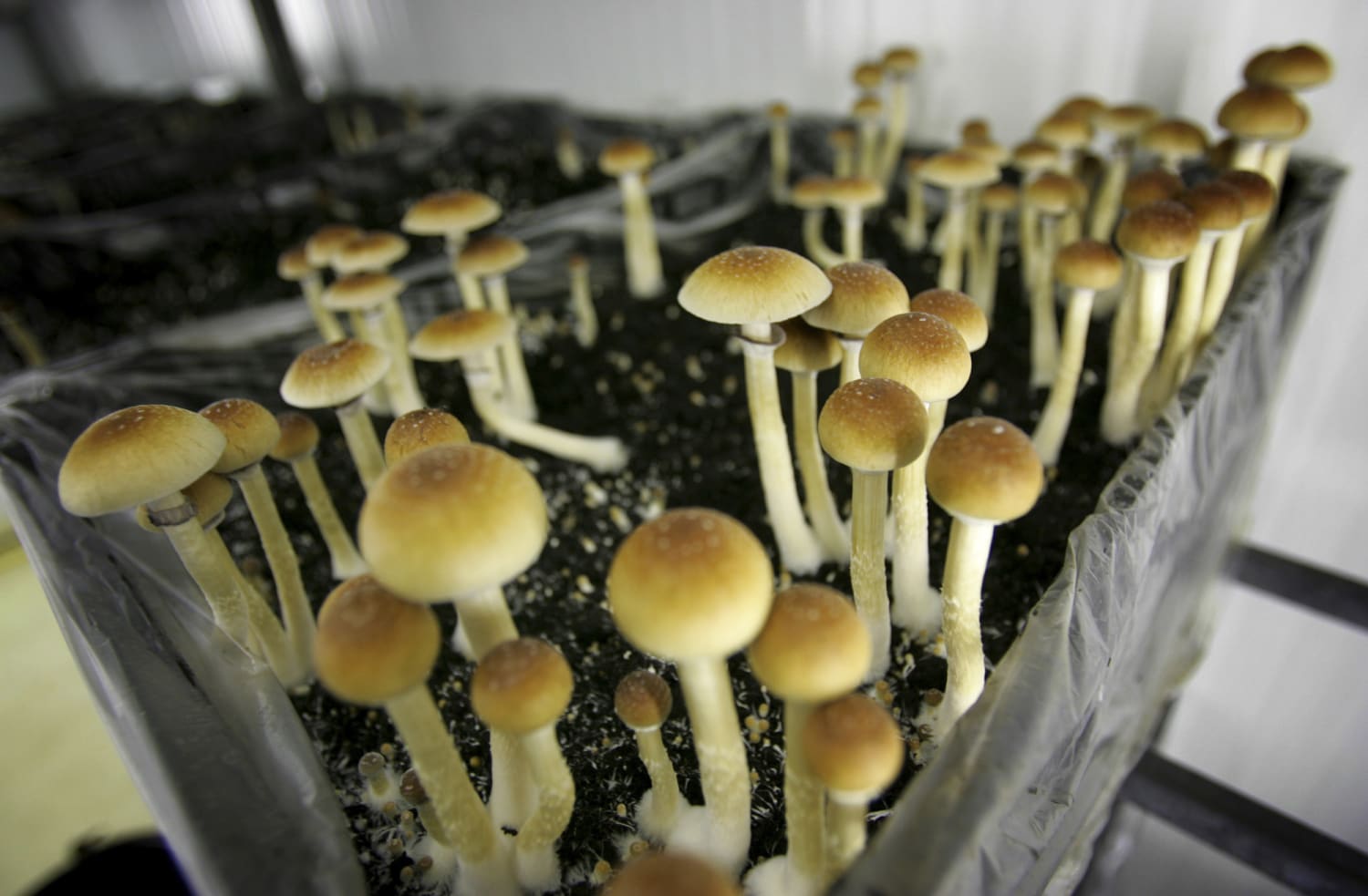Magic Mushrooms
-- { Shrooms, Psilocybin, Caps } --
Magic Mushrooms, also known as Psilocybin Mushrooms, contain the psychoactive compound psilocybin, which causes hallucinations, perception changes, and a sense of heightened understanding or euphoria. The effects vary widely and typically last from four to six hours, depending on the dosage and individual's metabolism.
What are Mushrooms?
"Magic mushrooms" is a colloquial term used to refer to a variety of mushrooms that contain the psychedelic compounds psilocybin and psilocin. These fungi are most commonly of the Psilocybe genus, but other genera like Panaeolus and Copelandia also contain these compounds. When ingested, these compounds induce a state known as a psychedelic "trip," which typically involves altered perception, introspective insights, and sometimes visual hallucinations. The effects of magic mushrooms are highly subjective and can vary based on factors such as dosage, individual physiology, mindset, and environment. Despite their historical use in indigenous cultures and potential therapeutic applications, magic mushrooms are currently classified as a Schedule I drug in many countries, including the United States.

:max_bytes(150000):strip_icc()/GettyImages-1029307994-a3d3243cb7384c259062f5570810f238.jpg)

How it Works
The active compound in magic mushrooms, psilocybin, is a prodrug, which means it is inactive until metabolized by the body. Upon ingestion, psilocybin is converted into psilocin by the liver, a process called dephosphorylation. Psilocin is then responsible for the psychoactive effects of magic mushrooms. Similar to other psychedelics like LSD, psilocin achieves its effects by interacting with the serotonin system in the brain, specifically by binding to and activating the 5-HT2A serotonin receptors. These receptors are involved in various functions, including the regulation of mood, perception, and cognition, which explains the broad range of psychological effects induced by magic mushrooms.
History
Magic mushrooms have a rich history that spans cultures and continents, with evidence of their use dating back thousands of years. In many indigenous cultures of Central America, psilocybin-containing mushrooms have long been used in religious and healing rituals. In the modern Western world, magic mushrooms entered the public consciousness in the 1950s, when mycologist R. Gordon Wasson documented the ceremonial use of these mushrooms in Mexico. This was followed by the synthesis of psilocybin by Swiss chemist Albert Hofmann, also known for first synthesizing LSD. The 1960s and 70s saw a surge in the recreational use of magic mushrooms, leading to their criminalization in many countries. However, recent years have seen a renewed interest in their potential therapeutic applications, with research exploring their use in treating conditions like depression and anxiety.